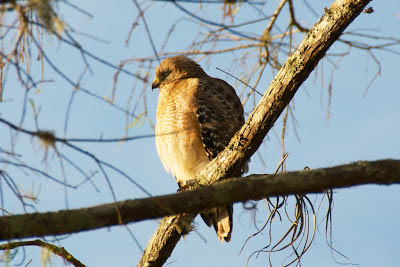Now is the time to stand up for salmon, grizzly bears, the 10,000-year-old cultures of Native Alaskans, and one of North America’s signature ecosystems.
Please, if you enjoy this blog and what it means to savor our wild places, take a moment to add your name to the many who are trying to save Bristol Bay and stop Pebble Mine.
The proposed mine would be in the headwaters of the greatest salmon-producing watershed in the world, a place of unparalleled natural value and unbroken ecological processes. The rivers that empty into Bristol Bay, Alaska, nurture more salmon than anywhere else on Earth. All five species of Pacific salmon spawn in the system, as well as trout and char. Bears, moose, caribou, and a host of other large mammals thrive here. It’s a landscape of stunning beauty.
Ten billion tons of toxic mine tailings are not compatible with this ecosystem.
Tailings dams bigger than Grand Coulee Dam in the Bristol Bay headwaters, an active seismic zone, are not compatible with this ecosystem.
The EPA recently released its draft assessment, suggesting that environmental degradation, should the mine proceed, is likely, even imminent. The EPA has the authority under 404(c) of the Clean Water Act to put a stop to this nonsense. Pebble Mine supporters are on the ropes. It’s time to knock them out for good. Tell the EPA and your elected officials NO PEBBLE MINE. Time is running out for public input. This is the final week to let your voice be heard.
For more information:
In late May I attended the first public hearing on the issue, held in Seattle. The room was packed, and then the overflow room was packed. In all, I counted more than 400 people in attendance, and according to this summary, more than 80 percent of the speakers supported the EPA and its draft assessment. (More than 90% in the Bristol Bay regional hearings were in support.)
The comment period (2 minutes per person) included testimonies from Native American subsistence fishermen, commercial fishermen from Washington State and Alaska, local businesses and tour operators, and those who simply love our last wild places and want to protect them. The few speakers in favor of the mine could only summon feeble arguments based on speculative profits that don’t take into account the endless years of publicly-funded cleanup associated with the usual mega-mine boondoggles.
It’s time to say NO to greed, environmental devastation, and bowing down at the material altar. Sign this petition to EPA administrator Lisa Jackson and U.S. President Barack Obama. If you’re an angler, you can sign this Trout Unlimited petition and let your voice be heard. Haven’t you had enough of these business-as-usual scams already?
Photo at top: Ben Knight
Like this:
Like Loading...
 I had the pleasure of sitting down recently with Eric Parkinson, of This Must Be the Place, a podcast that seeks to reveal “the unique physical, cultural, and emotional layers of places.”
I had the pleasure of sitting down recently with Eric Parkinson, of This Must Be the Place, a podcast that seeks to reveal “the unique physical, cultural, and emotional layers of places.”
















